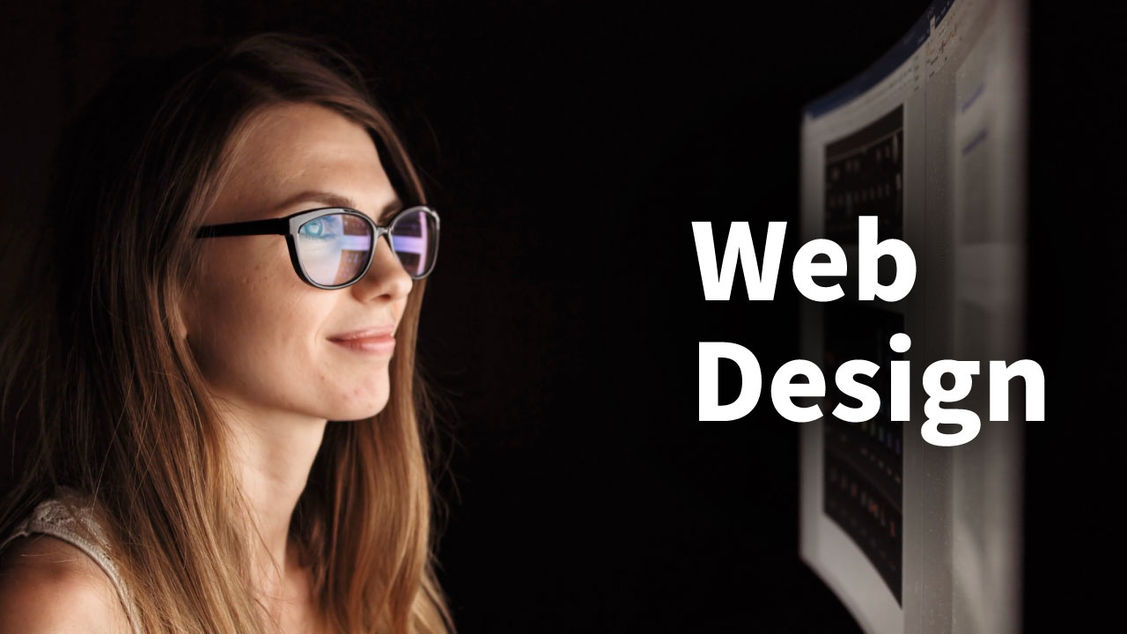Inexpensive and Imaginative Solutions from a Top Web Design Agency
Inexpensive and Imaginative Solutions from a Top Web Design Agency
Blog Article
Discovering the Crucial Concepts of Efficient Website Design for Modern Organizations
Central to this approach are principles such as user-centered layout, aesthetic pecking order, and responsive formats, which collectively boost individual involvement and contentment. The implications of these concepts prolong beyond simple aesthetic appeals, triggering a closer exam of their duty in cultivating trust fund and commitment amongst individuals.
User-Centered Style
User-Centered Design (UCD) is a critical method in internet development that prioritizes the demands and experiences of individuals throughout the style procedure. By putting customers at the leading edge, UCD makes sure that sites are not only useful but likewise instinctive and appealing. This methodology entails considerable research, including user meetings, studies, and usability screening, to gather understandings on customer behaviors, preferences, and discomfort factors.
The UCD process typically complies with several stages: recognizing individual needs, ideation, prototyping, and screening. In the first stage, developers perform comprehensive individual study to educate their style decisions. Subsequent stages entail creating wireframes and models that embody the customer's demands, permitting iterative testing and refinement based upon customer feedback.
Taking on a UCD method boosts individual satisfaction, ultimately causing raised interaction and retention. Sites made with UCD concepts are more probable to reverberate with customers, as they resolve particular difficulties and supply tailored solutions. In an era where user experience is paramount, organizations that embrace UCD can acquire an affordable edge, ensuring their electronic platforms effectively fulfill the progressing expectations of their audience.
Visual Pecking Order
When developing a site, understanding aesthetic power structure is crucial for leading customers' attention and improving their general experience. Web design agency. Visual hierarchy refers to the plan and presentation of elements on a web page, which influences exactly how individuals perceive and communicate with web content. By purposefully utilizing size, color, comparison, and spacing, developers can create a clear path for individuals to comply with, emphasizing essential information and contacts us to action
The most effective aesthetic power structures use a mix of typography and imagery to establish centerpieces. For circumstances, larger typefaces and bold colors can draw prompt focus to headlines, while lighter tones and smaller sizes can be used for second details. Additionally, white room plays an important duty in dividing components, stopping clutter, and permitting individuals to soak up content without feeling overwhelmed.
Incorporating a logical flow into the layout is likewise crucial. Customers should be able to navigate normally from one section to another, led by aesthetic hints. Inevitably, a well-executed aesthetic power structure not only boosts functionality but likewise contributes to the overall visual appeal of the website, cultivating involvement and encouraging individuals to check out further.
Responsive Layout

Implementing responsive style is essential to deal with the expanding number of mobile individuals. Studies indicate that a substantial part of web traffic currently stems from mobile devices, making it vital for businesses to prioritize this design approach. A receptive site not just improves user involvement however additionally favorably impacts SEO, as online search engine prefer mobile-friendly web sites in their positions.
Moreover, responsive design simplifies the upkeep and find out here upgrading procedures, as a solitary web site can offer all devices, minimizing the need for several variations. This efficiency enables services to offer a consistent brand message and user experience across systems. Eventually, receptive design is not simply a visual selection; it is a critical need in today's digital landscape.
Rapid Loading Times

A number of factors add to filling times, consisting of photo optimization, web server response time, and the use of efficient coding methods. Large, unoptimized images can dramatically decrease a site, so making use of formats like WebP or pressing photos without compromising quality is important. In addition, using content delivery networks (CDNs) can lessen latency by dispersing web content throughout multiple servers, bringing it closer to the user's area.
Furthermore, decreasing HTTP requests and using asynchronous loading for JavaScript can streamline the rendering process. Regularly auditing web site efficiency with tools like Google PageSpeed Insights or GTmetrix enables businesses to recognize bottlenecks and implement required enhancements. By concentrating on fast filling times, companies Learn More not only boost customer experience however also enhance search engine positions, eventually driving more traffic and boosting profits.
Uniformity and Branding
Establishing consistency in branding is crucial for creating a natural customer experience across all electronic platforms. This uniformity not only improves brand recognition however additionally promotes trust and loyalty amongst customers. When companies maintain uniformity in their aesthetic elementsâEUR" such as fonts, Your Domain Name colors, logo designs, and imageryâEUR" they connect a clear and expert identity that reverberates with their target audience.
In addition, consistent branding throughout web sites, social networks, and e-mail interactions guarantees that customers can quickly recognize and involve with the brand, despite the platform they are making use of. This recognition is important in a saturated electronic environment where customers are bombarded with information and choices.
In enhancement to visual consistency, the tone and messaging ought to additionally straighten with the brand name's identification. A unified voice across all material enhances the brand name's worths and goal, making it extra relatable and reliable to customers.
To achieve this, companies must establish thorough brand name standards that detail the vital elements of their branding method. By adhering to these standards, companies can properly straighten all web layout efforts with their overarching brand name narrative, ultimately boosting customer experience and driving engagement.
Conclusion
Receptive layout fits varied gadgets, making certain optimum customer experience. By integrating these components, businesses can establish a compelling on the internet presence that cultivates user complete satisfaction and develops long-term trust fund.
Report this page